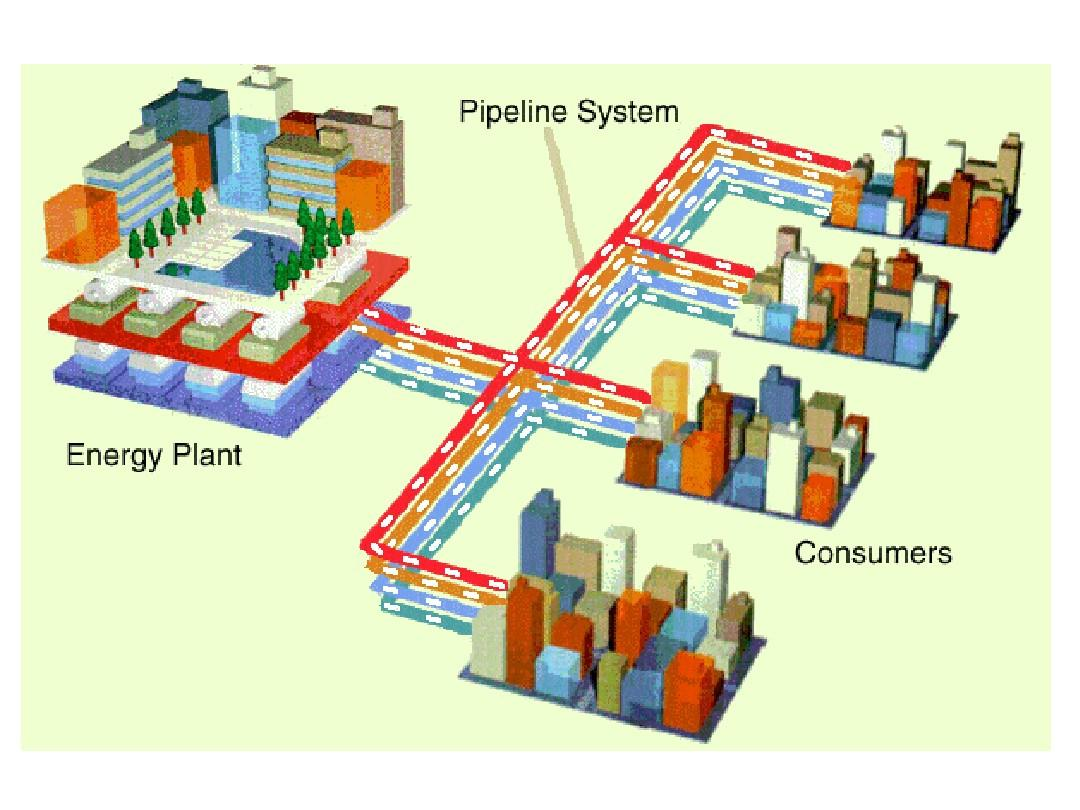
Ene . 03, 2024 15:55 volver a la lista
Sistemas de redes inteligentes
Experts are increasingly concerned about the vulnerability of the grid energy storage system, which can be disrupted by natural disasters or targeted physical or cyber-attacks. These interruptions not only inconvenience customers but can also cut people off from critical services that impact their health and well-being. In response to this challenge, new grid energy storage systems, such as microgrids, have emerged as a solution. Microgrids are localized grids that can operate autonomously, whether connected to the traditional grid or supporting remote and isolated communities. The Office of Electricity (OE) recognizes the importance of these advancements and supports critical grid energy storage system research to strengthen grid resilience, mitigate disturbances, and integrate renewable energy and distributed energy resources.
Las microrredes desempeñan un papel vital en el fortalecimiento de la resiliencia de la red y la mitigación de perturbaciones al operar de forma autónoma y local. Cuando la red principal deja de funcionar, las microrredes pueden seguir funcionando, proporcionando energía a infraestructuras críticas y servicios esenciales. Además, las microrredes pueden actuar como un recurso de red, lo que permite una respuesta y recuperación más rápidas del sistema. Estas capacidades hacen de las microrredes un activo valioso para mantener un sistema de almacenamiento de energía de red confiable y resiliente.
Another advantage of microgrids energy storage is their ability to adapt to the growing deployment of renewables, such as solar farms and electric vehicles. By using local sources of energy to serve local loads, microgrids reduce energy losses in transmission and distribution, thereby increasing the overall efficiency of the electric delivery system. This flexibility and efficiency contribute to the sustainable transformation of the grid, aligning with the goals of decarbonization and affordability.

The Office of Electricity aims to make energy storage microgrids an essential building block of the future electricity delivery system by 2035. This transformative goal aligns with the need for a resilient, decarbonized, and affordable energy storage infrastructure. To achieve this vision, the OE will focus on developing and validating tools, methods, and technologies in strategic research and development areas. These areas include reducing the time and cost needed for microgrid deployment, establishing microgrids as a building block for future grids, advancing microgrid control and protection, integrating models and tools for microgrid planning, and enabling regulatory and business models for broad microgrid deployment.
Un aspecto crítico del desarrollo de microrredes es la reducción del tiempo y el costo necesarios para su implementación. Al simplificar el proceso, las microrredes se pueden implementar de manera más eficiente, lo que permite una transición más rápida a un sistema de almacenamiento de energía en red más resiliente. Además, establecer microrredes como componente fundamental de las redes futuras permite un mejor seguimiento, control y optimización de las redes a gran escala. Esta integración de microrredes mejora el rendimiento, la resiliencia y la confiabilidad del sistema.
To adapt to changing grid conditions and protect the system and its customers, advanced microgrid control and protection techniques are crucial. By developing these capabilities, energy storage microgrids can respond effectively to grid disturbances and ensure the stability of the overall system. Integrating models and tools for microgrid planning, design, and operations is another area of focus. By combining new and existing capabilities, energy storage microgrids can meet performance metrics and requirements more efficiently, contributing to the overall success of the grid energy storage system.
Furthermore, simulating the impact and benefits of microgrids on transmission and distribution is vital for understanding their value. Co-simulation techniques can identify the advantages and opportunities energy storage microgrids offer, enabling informed decision-making and investment in this technology. Finally, enabling regulatory and business models for broad microgrid deployment is necessary to drive private sector, utility, community, and state investment in energy storage microgrid projects. Creating a favorable regulatory framework will incentivize the adoption and expansion of microgrids, fostering their widespread implementation.
To support its vision and accomplish its goals, the DOE Microgrid Program Strategy was initiated in December 2020. Through the development of strategic white papers, microgrid experts identified key areas of focus for impactful results in the next 5 to 10 years. These areas include reliability, resilience, decarbonization, and affordability. The Office of Electricity Microgrid R&D program is taking a comprehensive approach to improve grid reliability and resiliency, prepare communities for future weather events, and propel the nation toward a cleaner energy future. By investing in affordable and equitable microgrids, the OE is laying the foundation for a more sustainable and robust grid energy storage system.
Productos relacionados:
Almacenamiento de energía electroquímica FlexPIus-EN-512
Será eliminado si infringe
Sitio web de referencia: https://www.energy.gov
-
Wireless DC Charging: The Next Frontier in Contactless EV Power Delivery
NoticiasAug.04,2025
-
Hybrid BMS Energy Controls: Integrating Renewable Energy Sources
NoticiasAug.04,2025
-
Blockchain for Secure and Decentralized EMS Power Systems
NoticiasAug.04,2025
-
AI-Driven for Smart Grids: Energy Management System (EMS)
NoticiasAug.04,2025
-
Advanced Distribution Management System (ADMS) Energy
NoticiasAug.04,2025
-
5G-Enhanced BMS Energy Savings: Ultra-Low Latency Control
NoticiasAug.04,2025























